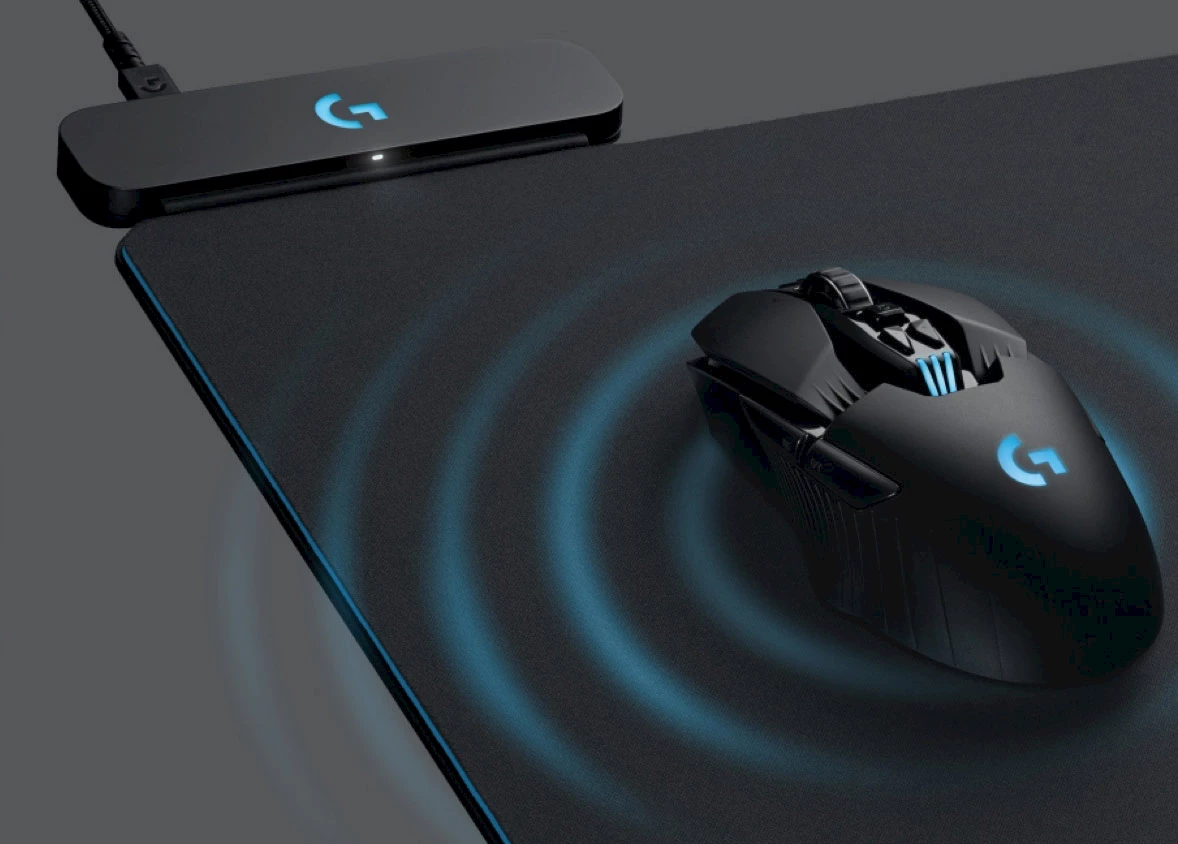So long, Firefly
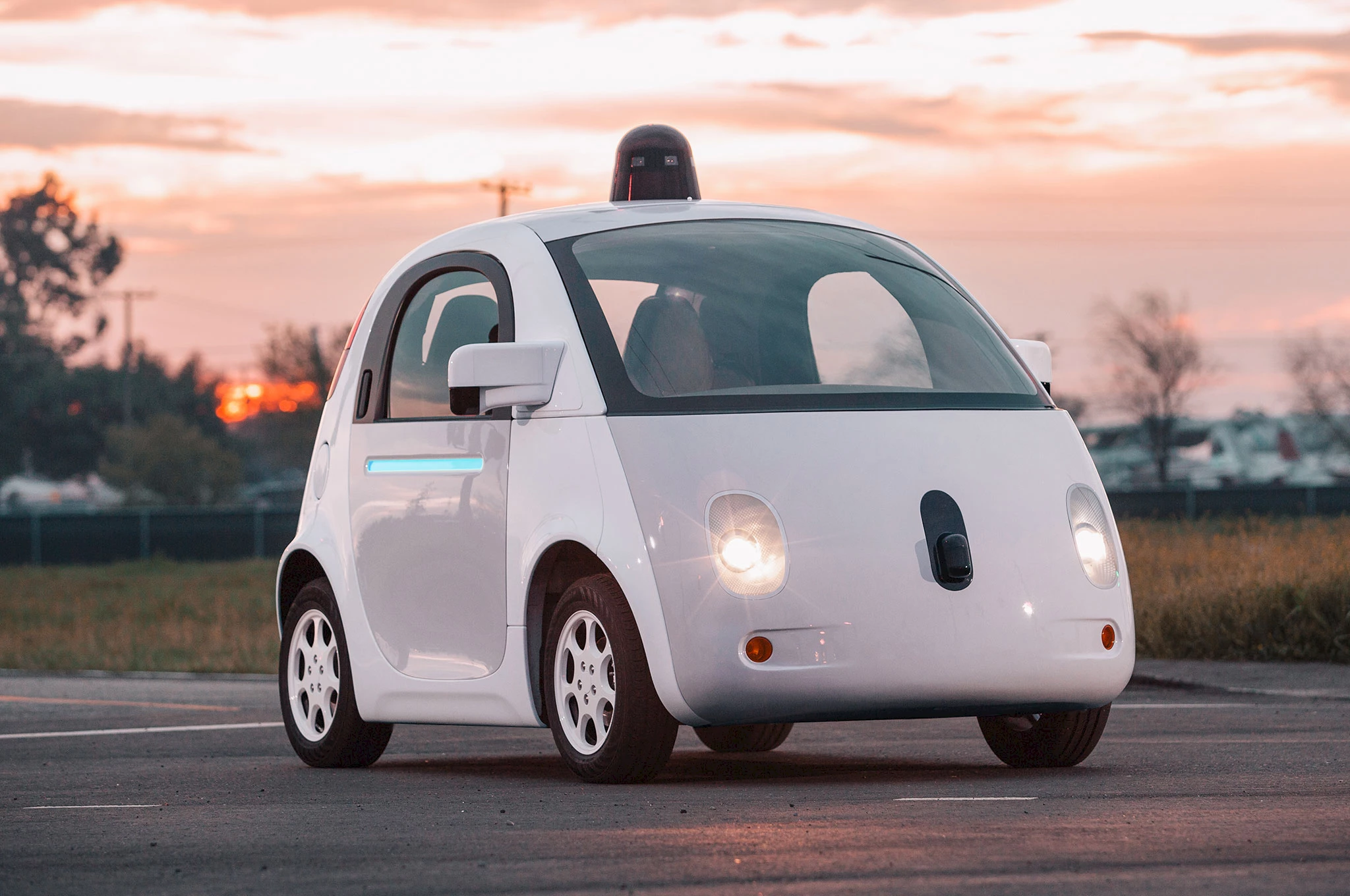
“Firefly” autonomous vehicle. © Google.
In 2014, Google presented a prototype for a completely autonomous vehicle. The cute, round, self-driving car was dubbed Firefly by its creators. After three years of experimentation, Waymo (Alphabet’s autonomous-vehicle division) announced the end of the experiment. Waymo no longer seeks to develop a vehicle from scratch, opting instead to modify its Chrysler Pacifica for autonomous driving (currently being tested in and around Phoenix, Arizona). The Firefly has already become a museum piece, on display at the Computer History Museum in Mountain View and the Design Museum in London. Their timeless design left a mark on the history of technology.
⇨ Medium, “From post-it note to prototype: The journey of our Firefly.”
The pad that runs the mouse
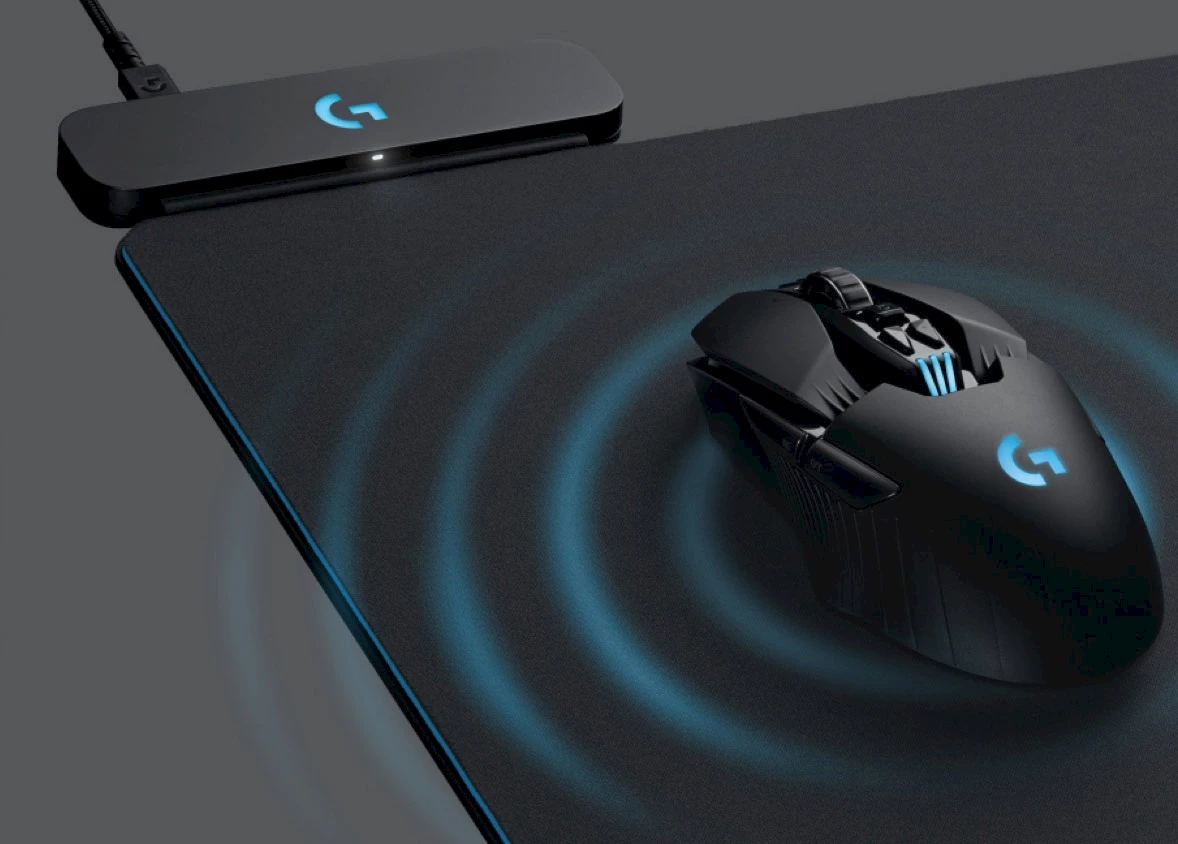
Powerplay pad and G903 mouse. © Logitech.
The problem with wireless mice is that they run out of battery every 20 to 30 hours. Logitech has made this problem history with the Logitech Powerplay, a mouse pad that recharges your mouse as you use it. The pad measures 275x320mm, connects through a USB port and has a reversible surface (hard and soft sides). The Swiss maker says that the system does not run on the Qi open standard, but rather on a better, proprietary technology, called Lightspeed. Two gamer mice are compatible with the Powerplay: the Logitech G903 and G703 (updates of the G900 and the G403). Both models support Powercore, a module that enables charging by induction. Logitech trumped Corsair, who demonstrated a similar prototype at the last Computex show; however, Corsair’s mouse was less practical, as it had to be left in a specific spot on the pad to recharge, and in any case it wasn’t set to be released before 2018. The Powerplay pad will be available as of August for US$100, and the G703 and G903 in June, for US$100 and US$150.
⇨ Ars Technica, “Logitech finally finds a good use for wireless charging: A mouse pad.”
Xbox One X
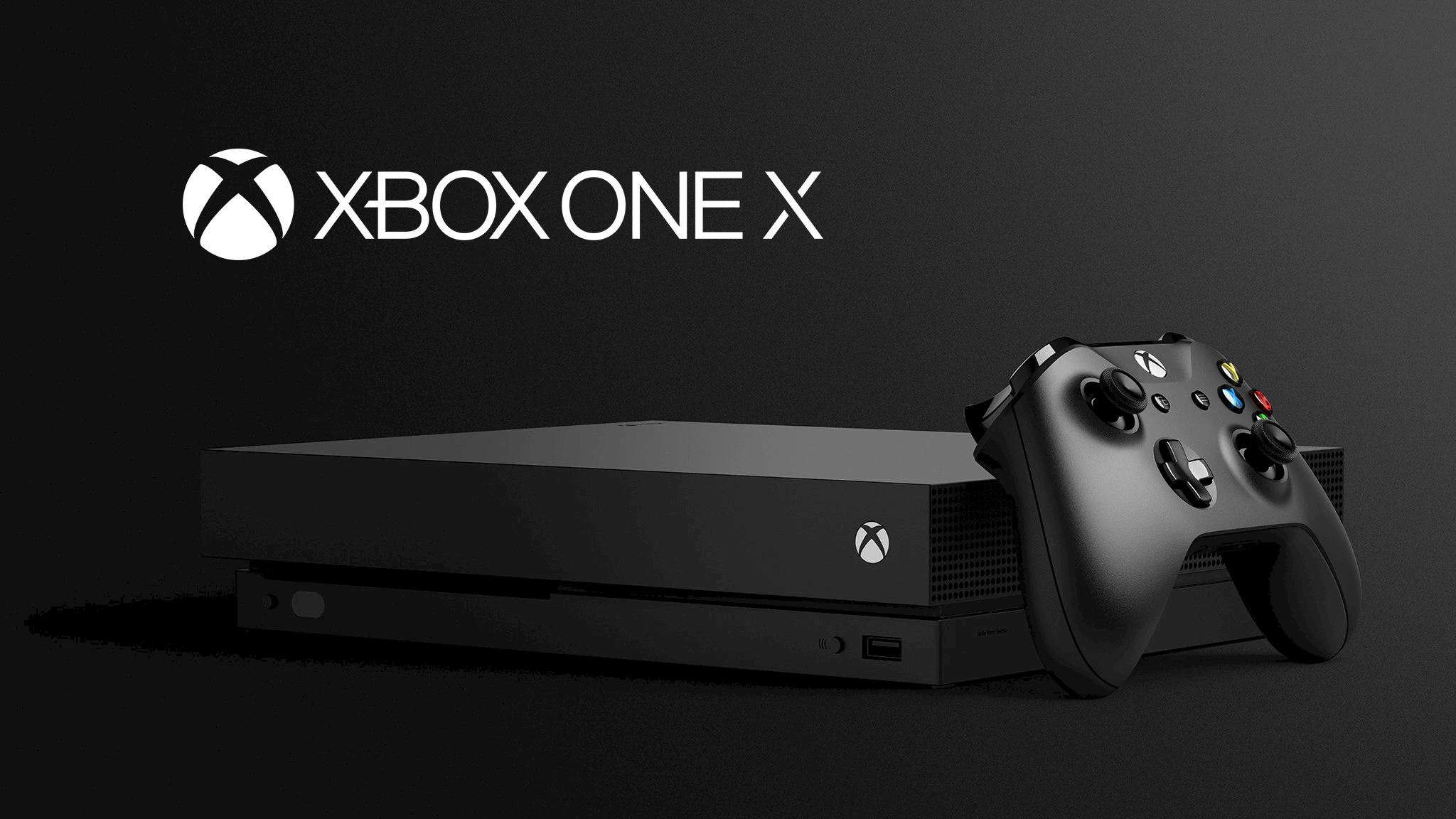
Xbox One X. © Microsoft.
At the E3 conference in Los Angeles, Microsoft unveiled the Xbox One X, its new game console long known only as “Project Scorpio”. It will come with 6 teraflops of graphical power, more than its main rival, the PS4 Pro, with 4.2 teraflops. It uses a custom AMD GPU that runs at 1172MHz, a big increase over Xbox One’s 853MHz or even PS4 Pro’s 911MHz. It’ll also come with an Ultra HD Blu-ray drive for 4K movies and entertainment, 1TB of storage and 12Gb of RAM. This is without a doubt the most powerful console ever made, but is the extra power, which requires a 4K HDR TV screen to do it justice, enough to attract the general public? Or will it make the difference with the PlayStation 4 Pro, which is US$100 cheaper? We’ll know by the end of the year, since the Xbox One X will be available as of November 7 worldwide, for US$500.
⇨ The Verge, “Xbox One X is Microsoft's next game console, arriving on November 7th for $499.”
⇨ Ars Technica, “First impressions: Xbox One X doesn’t quite bring the “wow!” factor.”
Space pays

Space bar. © iStock.
Stack Overflow’s latest annual survey revealed that developers who use tabs to indent their code earn US$43,750 per year on average, while those who use spaces earn US$59,140, vindicating Jeff Atwood, who has always maintained that only morons use tabs to format their code. Meanwhile, iconoclasts who wantonly use both tabs and spaces in their code earn about the same as the tabbers. Serves them right. If you haven’t heard of the endless “spaces vs. tab” conflict, read our earlier piece on the subject.
⇨ Ars Technica, “According to statistics, programming with spaces instead of tabs makes you richer.”
⇨ Stack Overflow, “Developers who use spaces make more money than those who use tabs.”
Weed exterminator
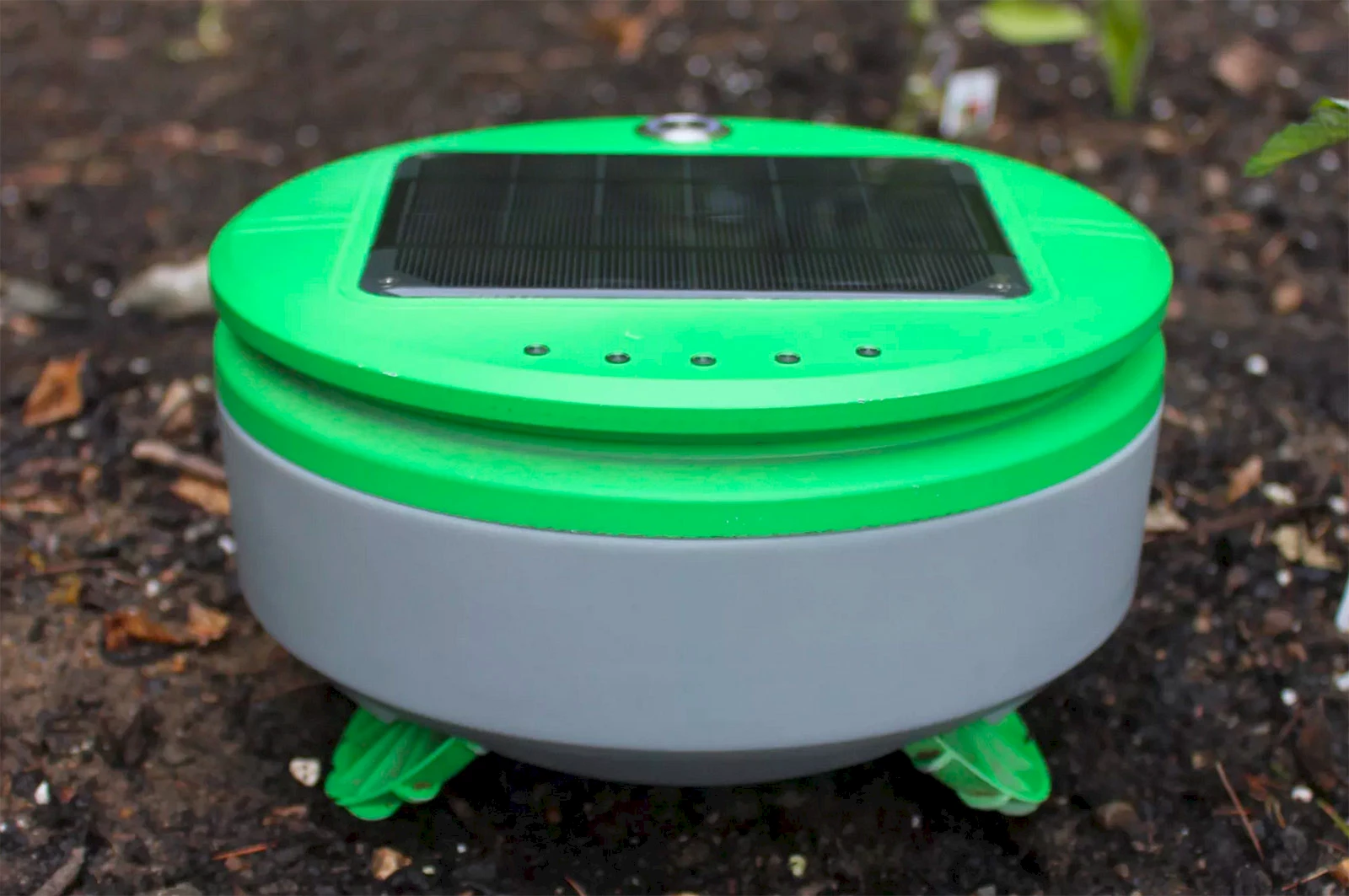
“Tertill” bot. © Franklin Robotics.
Franklin Robotics, the Massachussetts company that brought us the Roomba, has designed a solar-powered robot to weed the garden. Tertill is a round, 2.5-pound bot that uses sensors to identify weeds, then trims then near the ground using weed wacker. How can it tell the difference between a weed and a plant? Anything that’s short enough to go under the robot is considered a weed, and anything taller is considered a plant. Tertill will come with a collar to place around short plants you want to keep.
⇨ Circuit Breaker, “The inventor of the Roomba just launched a weed-killing robot named Tertill 7.”
